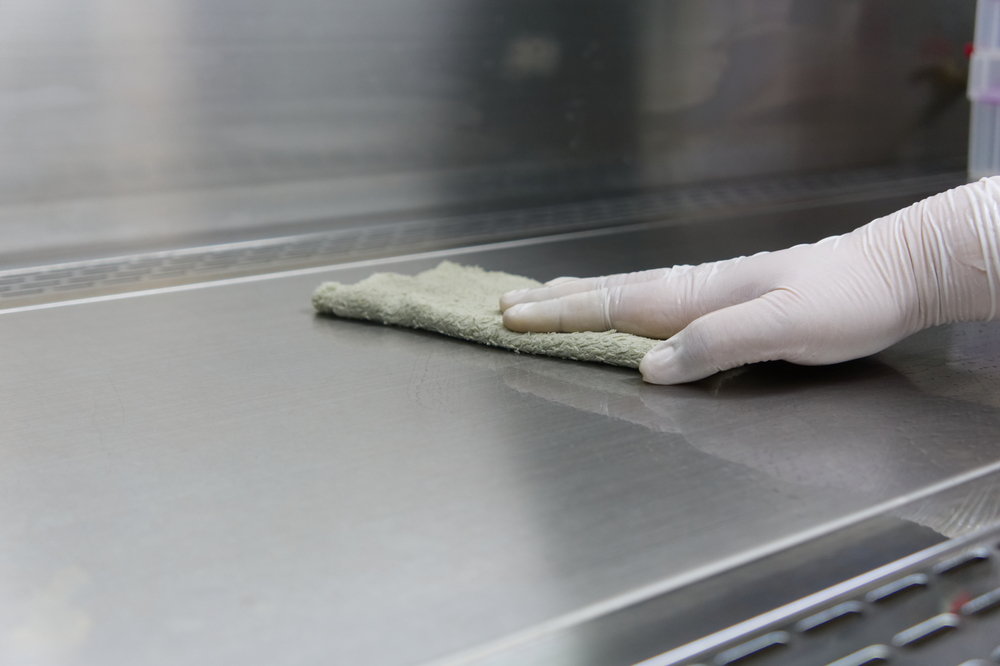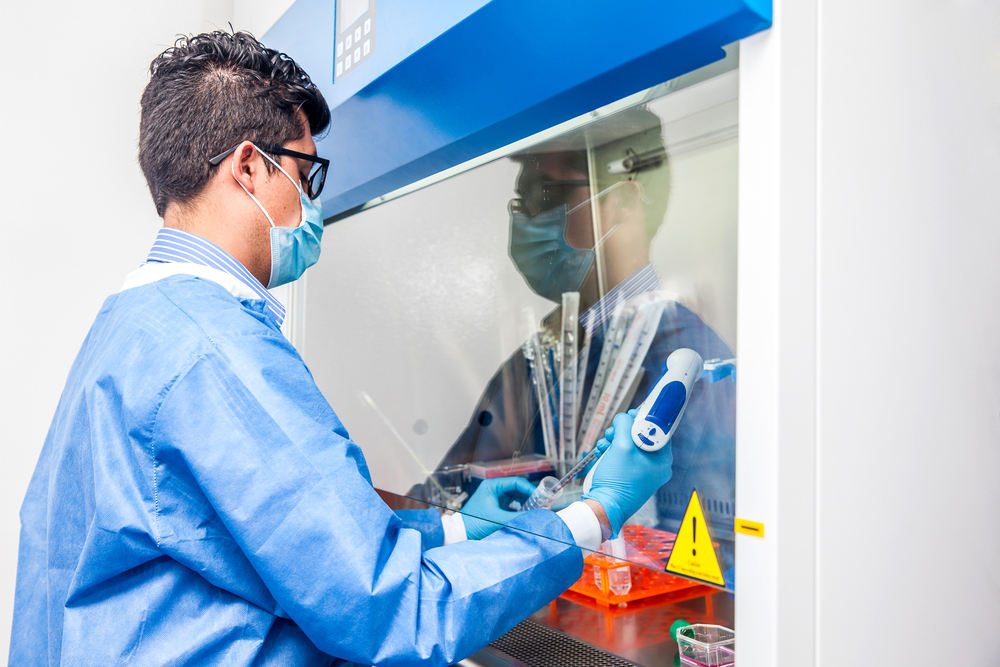Laboratory work involves some pretty intricate equipment. Anyone who works in a lab can attest to this. At S.E.P.S., scientific equipment has been our area of expertise for over eighteen years. Between our calibrating, decontamination and sterilization, there’s no lab machinery we’re not familiar with. And one of the most critical tools in lab work is the laminar flow hood.
Basically, a laminar flow hood helps to prevent contamination of samples. In addition, laminar airflow can help keep employees safe. Like fume hoods, it’s an instrument that controls airflow to direct airborne particles away from personnel. However, many lab workers often ask: what’s the best way to clean them?
First: Why Clean?
Labs should be as clean and sterile as possible, regardless of industry. And for labs with biosafety level ratings, it’s doubly important. By keeping your laminar flow hood clean, you’ll eliminate the chances of microbial growth and contamination. In addition, your work and samples will remain uncorrupted. Also, you’ll greatly reduce the potential for cross-contamination. Basically, a clean flow hood is a safe flow hood. Cleaning your laminar flow hood may be a process, but it’s absolutely necessary.
Cleaning vs. Decontamination
It’s very, very important to understand that a basic cleaning of your flow hood is not proper decontamination. While regular cleaning is essential, it doesn’t provide the same benefits of decontamination. This isn’t just the case for laminar flow hoods, either. In addition, equipment like refrigerators/freezers, centrifuges, pipettes, biosafety cabinets (BSCs) and fume hoods also need routine decontamination from a professional like S.E.P.S.
PPE & Supplies
Obviously, when preparing to clean, make sure you have the right personal protective equipment (PPE). First, find your cleanroom gloves, safety glasses and a face mask. In addition, make sure you have the right, empty receptacle to dispose of any materials or waste. Paper towels won’t suffice for a good cleaning. Instead, prepare yourself with ISO-friendly cloths or cleanroom wipes that won’t shed particles. If there’s loose dirt or powders in your flow hood, it’s best to use a cleanroom vacuum to remove them. Wiping with a cloth may scratch the surface of your flow hood.

Cleaning the Flow Hood
First, power your flow hood on for thirty minutes and allow air to blow. Make sure your cloth is wet with a cleaner, a dry wipe won’t work. Your first focal point should be the ceiling of your flow hood, and you should wipe back to front. Also, work your way left to right as you clean.
Keep an eye on your cloth as you clean your flow hood. Once it accumulates a lot of dirt or debris, flip it over to a clean side. If your cloth is contaminated on all sides, replace it with a fresh one. Next, you should clean the sides of the flow hood. Work your way back to front starting from the top. Once this is done, swab the fine edges and corners.
Gently clean the FFU grill from left to right and top to bottom. Never spray any liquid cleaner onto the grill. It can damage the HEPA filter behind the grill. Make sure you’re lightly spraying the cleaning cloth instead to prevent any damage. Once you’ve done the grill, then take care of the work surface, cleaning left to right. In the future, repeat this process as necessary. Whether you work with a vertical or horizontal flow hood, you can adjust the procedure as needed. A good cleaning agent to use is USP grade sterile 70% isopropanol.
Conclusion
Remember: a basic cleaning is not proper decontamination. While cleaning the flow hood yourself will help to keep it functional and safe, it’s not going to provide you with the critical benefits of decontamination. In addition, important procedures like sterilization and calibration are equally vital to prolong your flow hood’s life.
S.E.P.S. can provide all of these procedures and more, for all of your lab equipment. For more information on S.E.P.S. and our services, contact us today!
